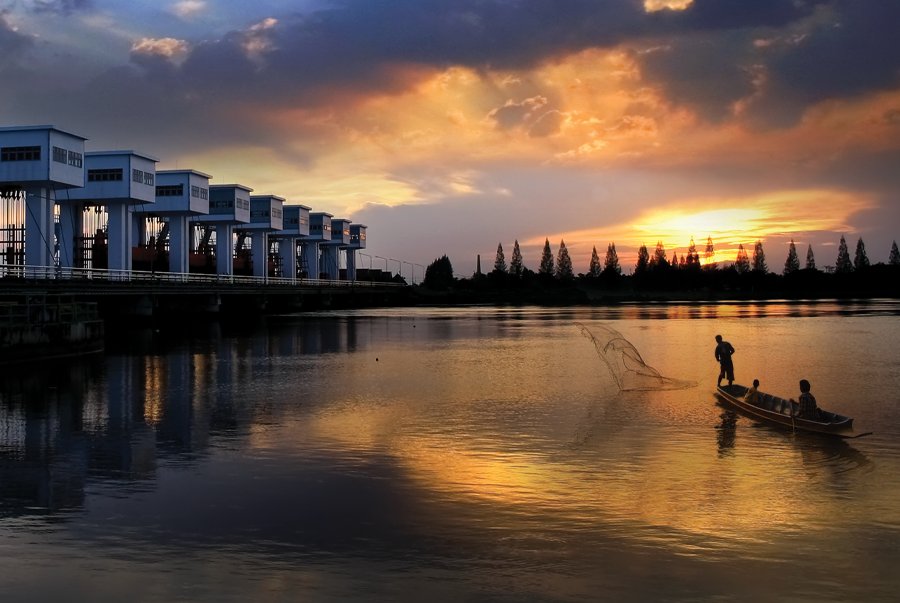




| Sustainable Agricultural Program | Scope | ESG Benefits | |||||||
 Reduce water consumption |
 Reduce environmental pollution |
 Protect soil health |
 Prevent the destruction of ecosystems |
 Reduce GHG emission |
 Manage waste |
 Develop farmer capability |
 Ensure human right compliance |
||
| Water Risks Management throughout Supply Chain |
|
||||||||
| Clean Water for Communities, Thailand |
|
||||||||
| Community Water Management Project in accordance with the Royal Initiative of Muang Mae Haad Community, Chiang Mai Province, Thailand |
|
||||||||
| Solar Energy Irrigation for Local Farmers, Myanmar |
|
||||||||
| Rice Husk Pellet Ash from Boiler for Road Paving & Biofertilizer, Myanmar |
|
||||||||
| Distributing Soil Conditioner to Local Farmers, Thailand |
|
||||||||
| Cardrona Distillery and the Karearea Project |
|
||||||||
| Speyburn Fish Ladder |
|
||||||||
| Supplier Classification and Engagement for Scope 3 GHG Emissions Reduction, Thailand |
|
||||||||
| Train-the-Trainer Program, Thailand |
|
||||||||
| Green Transportation: Reducing Transportation Distance |
|
||||||||
| “Tod Mai Ting” and “Mai Tod Sum” Campaign, Used Cooking Oil Value Creation, Thailand |
|
||||||||
| ThaiBev Business Partner Award, Thailand |
|
||||||||
| ThaiBev Sustainable Agriculture and Responsible Sourcing, Thailand |
|
||||||||

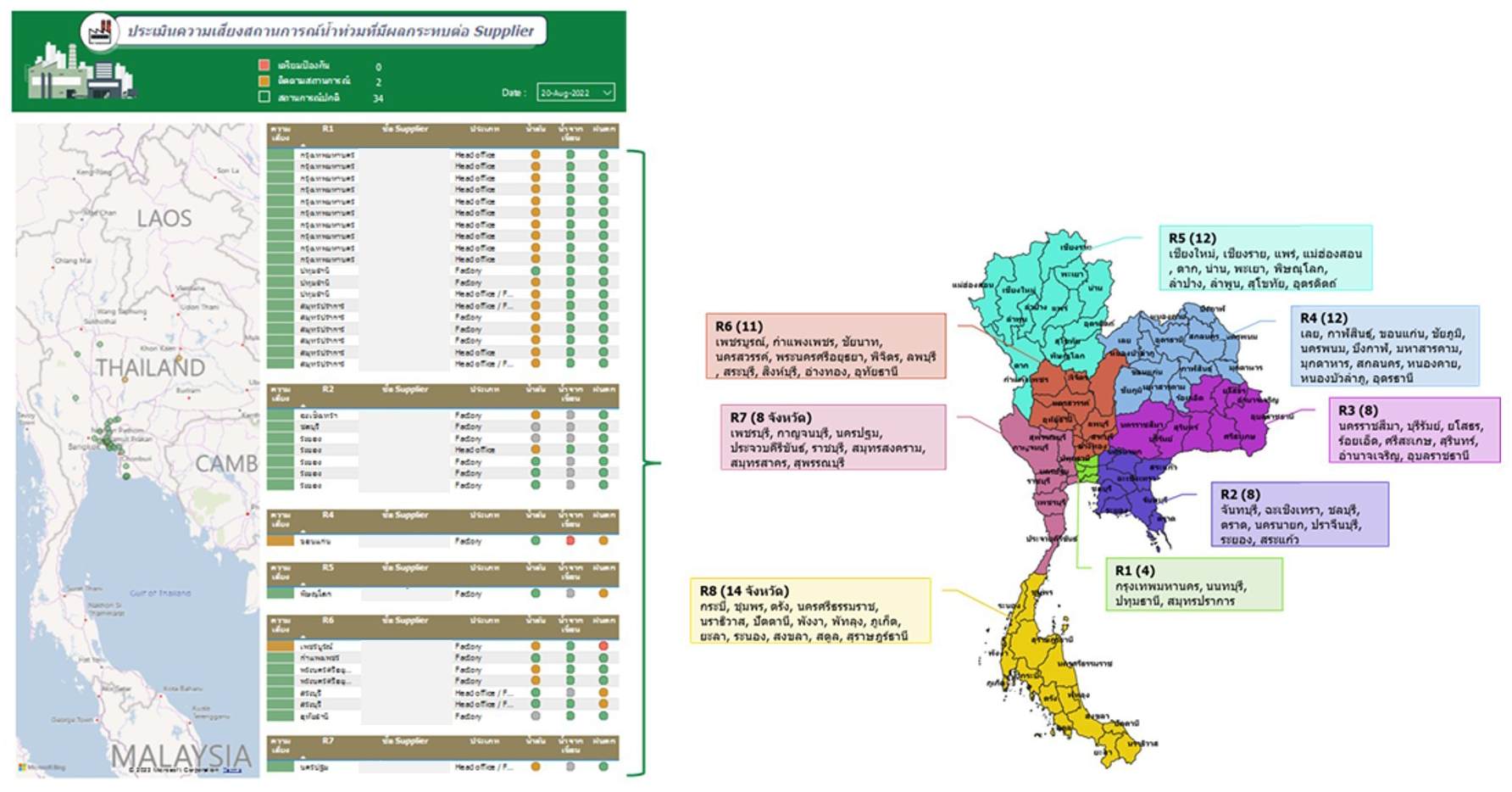
ThaiBev, in collaboration with the Hydro-Informatics Institute (HII), launched the “Community Water Management Project in accordance with the Royal Initiative of Muang Mae Haad Community, Chiang Mai Province”. This initiative was designed to address the significant challenges of water scarcity, particularly during the dry season, by improving water access and supporting agricultural productivity.
The primary goals were to expand water storage through reservoir enlargement and infrastructure upgrades, ensuring a reliable water supply for consumption and agriculture. Additionally, the project aimed to rehabilitate irrigation systems, such as the Muang Mae Haad irrigation canal, which had deteriorated and required restoration to enhance water delivery to agricultural areas.
The project has significantly improved water management, resulting in an annual increase in reserved water volume of more than 270,000 cubic meters. The restored irrigation system provides consistent irrigation and enhance crop yields. Furthermore, the improved infrastructure strengthens the community’s resilience to droughts and other seasonal changes, ensuring long-term sustainability and support for local livelihoods. This project will serve as a model for public–private collaboration focused on enhancing long-term water security.
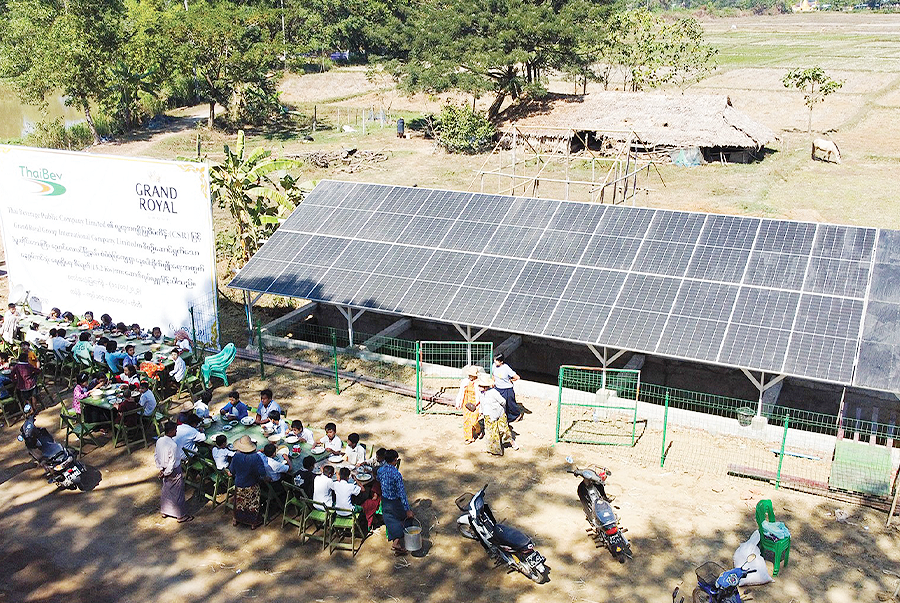




| Supplier Classification | Carbon Accounting | Reduction Target | SBTi Alignment | Supplier Engagement Strategy | |||||
| Awareness Training | Data Collection Support | Target Setting Alignment | Regular Disclosure Requirements | Collaboration for Emission Reduction | Knowledge Exchange | ||||
| Beginner | |||||||||
| Competence | |||||||||
| Role Model | |||||||||
| Leader | |||||||||


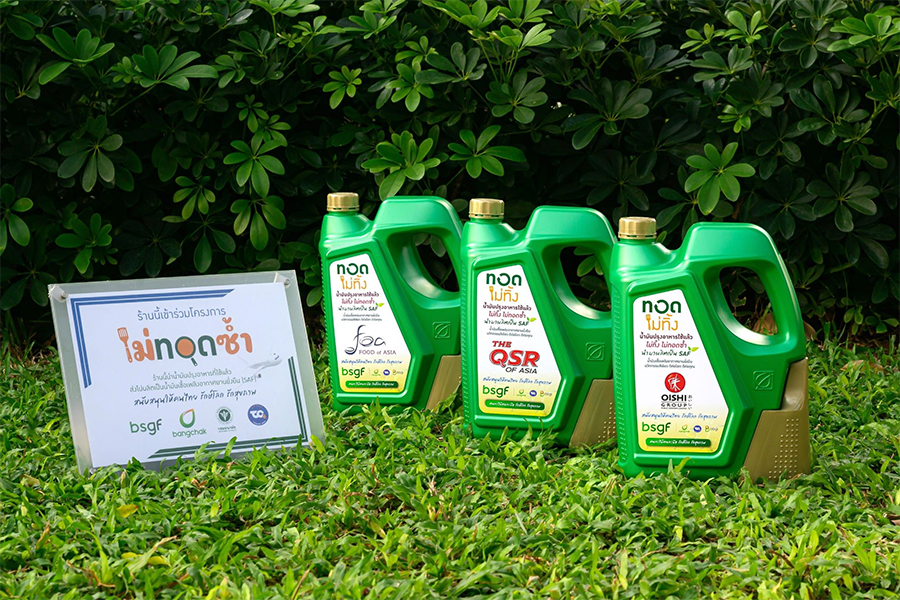
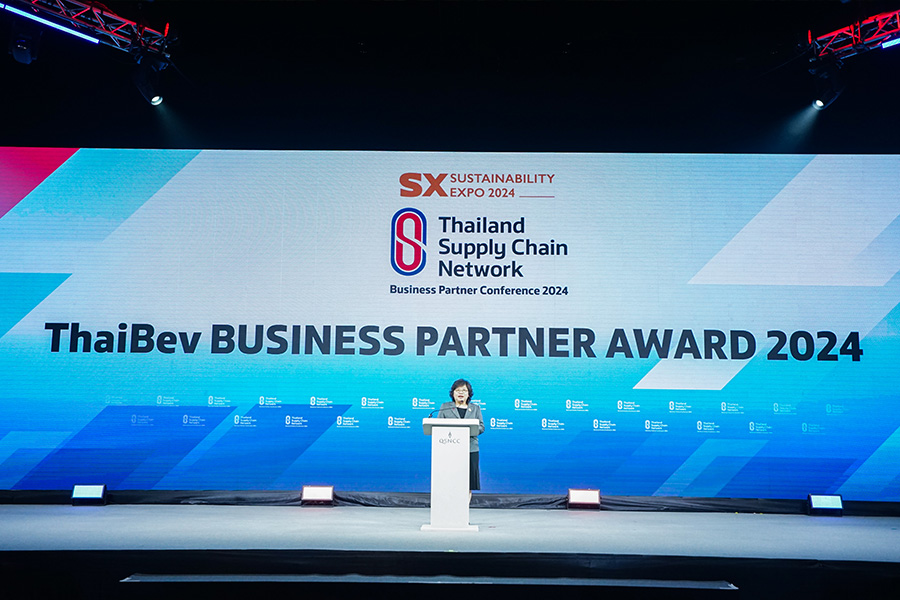
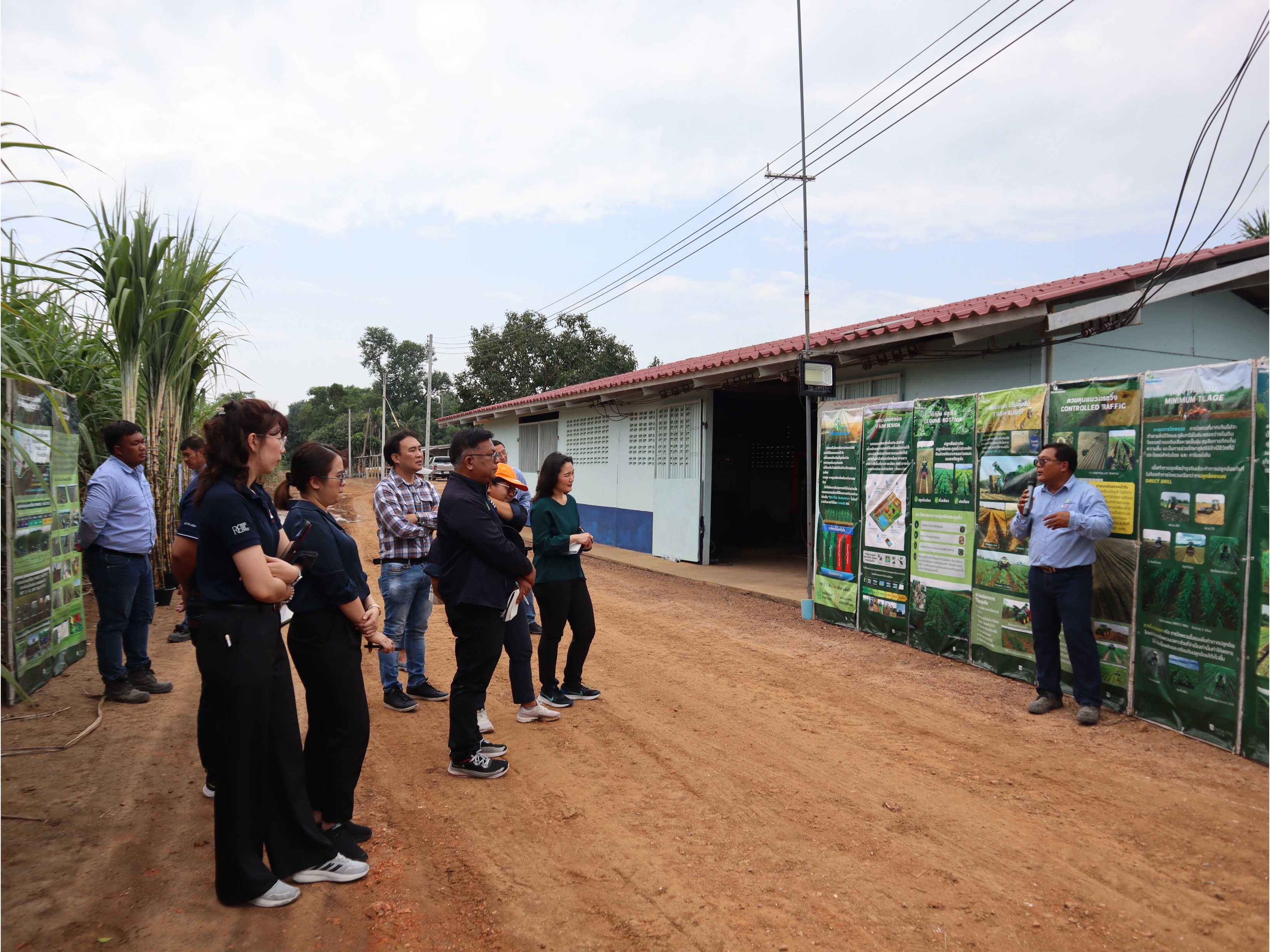
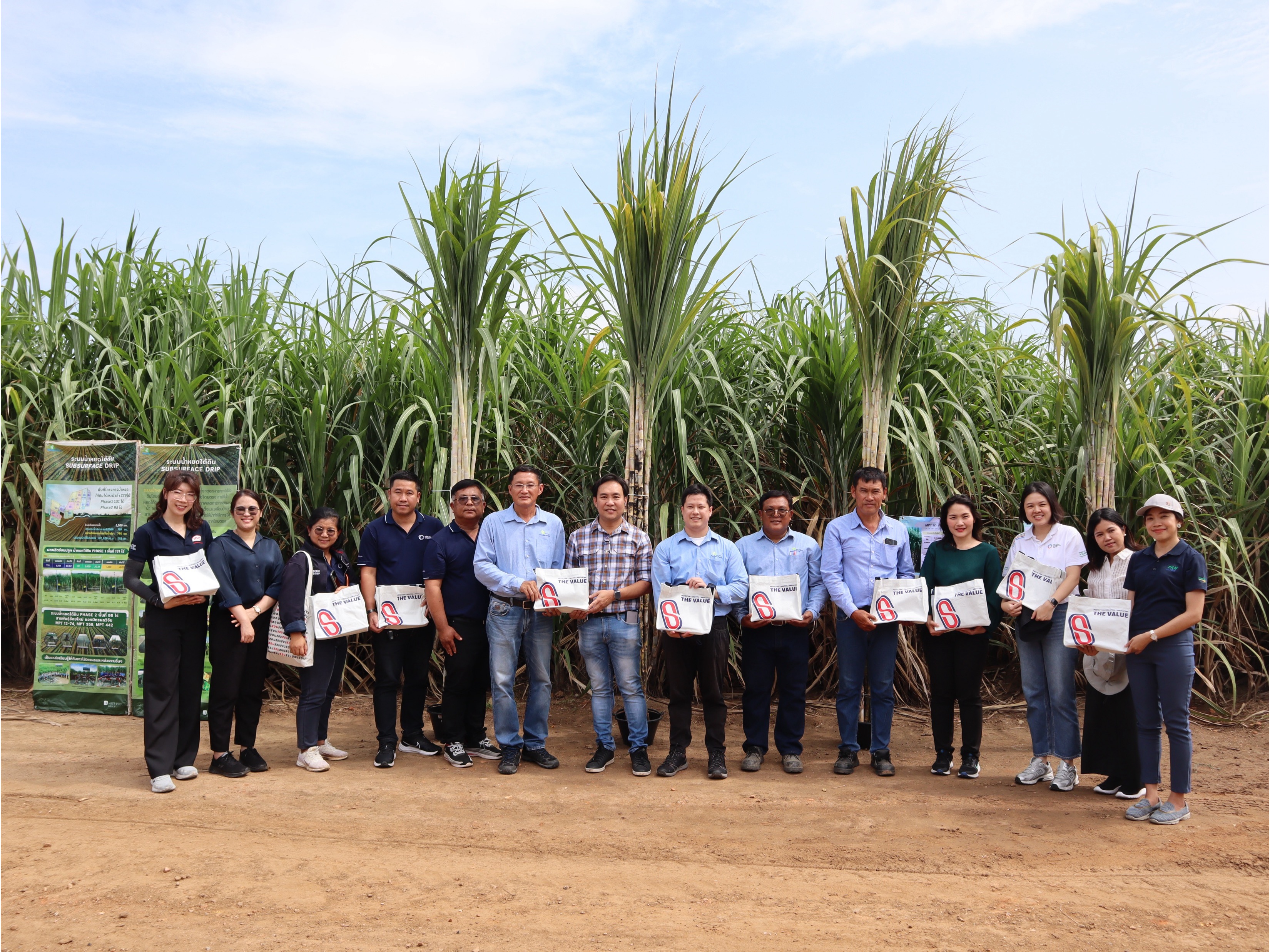

| Key Agricultural Raw Materials |
Coverage
|
Applicable Standards | ||||
| 2021 | 2022 | 2023 | 2024 | Target 2025 | ||
 Malt and Hops |
100% | 100% | 100% | 100% | 100% |
|
 Sugar |
100% | 100% | 100% | 100% | 100% |
|
 Broken Rice |
100% | 100% | 100% | 100% | 100% |
|
 Palm Oil |
100% | 100% | 100% | 100% | 100% |
|
 Tea Leaves |
100% | 100% | 100% | 100% | 100% |
|

100%
of malt and hops are sourced from SAI Platform members or SMETA verified suppliers

100%

100%
of broken rice is sourced from Sustainable Rice Platform compliant or SMETA verified suppliers

100%
of tea leaves sourced are Rainforest Alliance certified or are organically produced in accordance with OneCert International Organic Standards (EU Equivalent)

100%
of palm oil sourced is RSPO certified
An Essential Part in Achieving Sustainable Supply Chain













